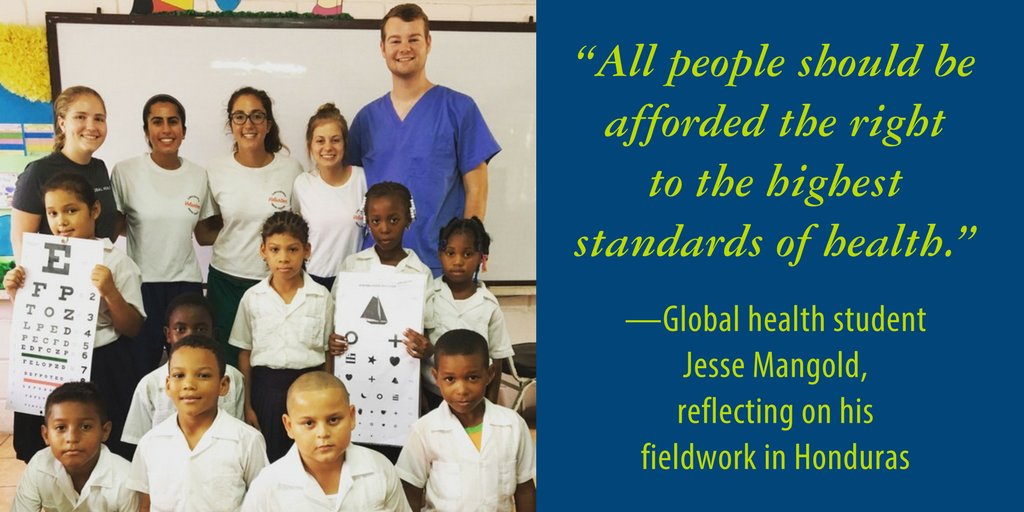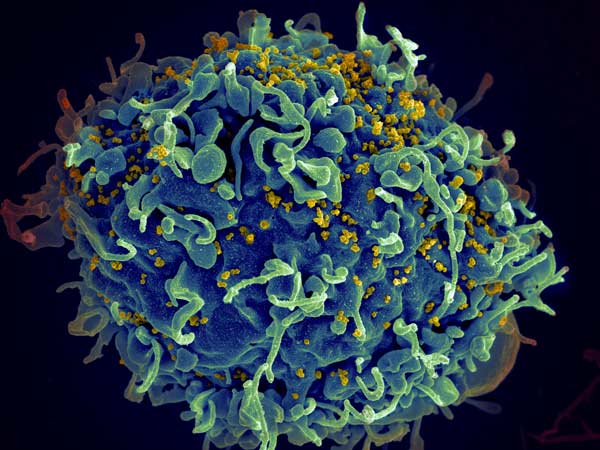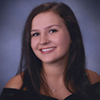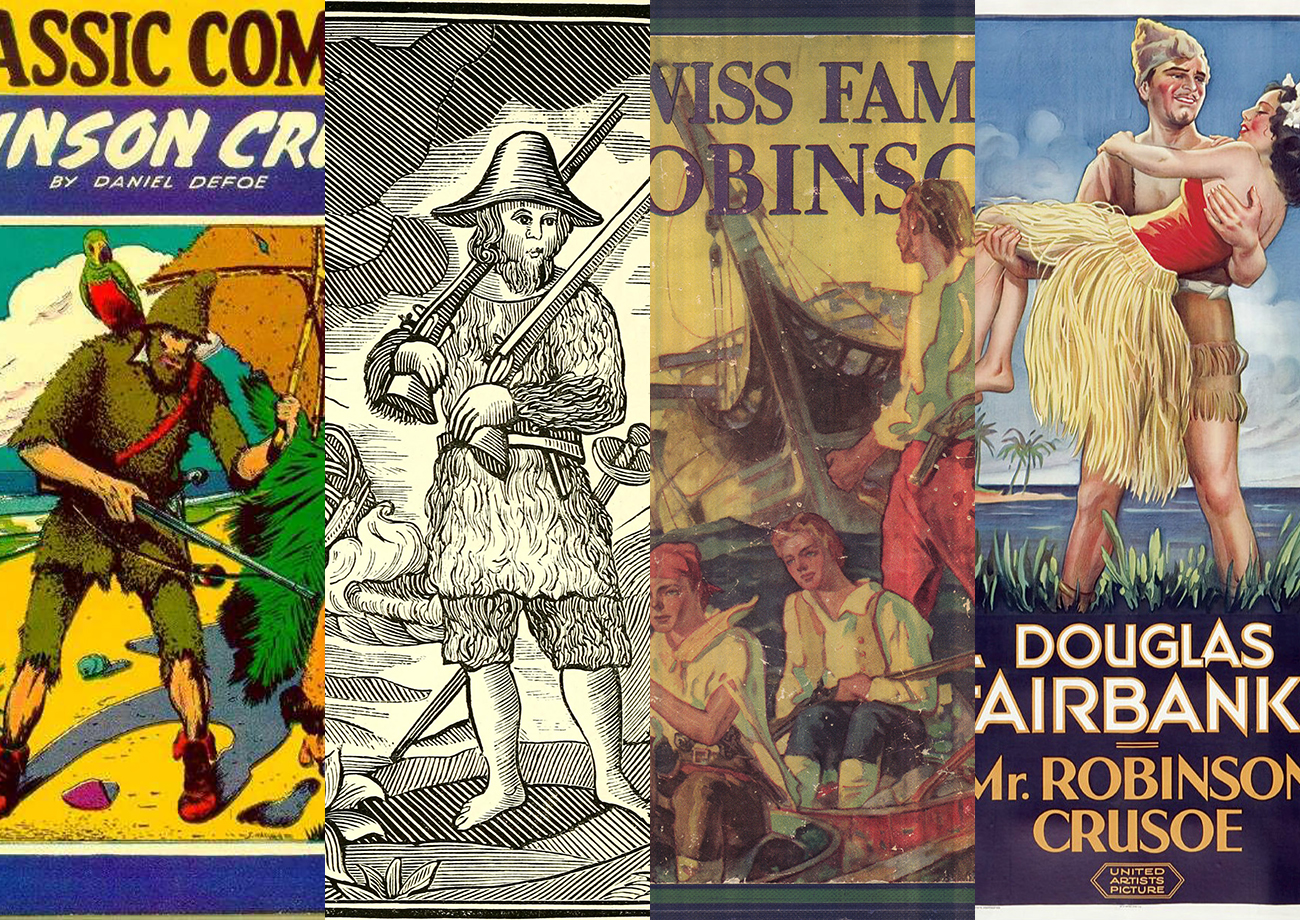Boston Celtics data analyst David Sparks, Ph.D, really knew his audience Thursday, November 8, when he gave a presentation centered around the two most important themes at Duke: basketball and academics. He gave the crowd hope that you don’t have to be a Marvin Bagley III to make a career out of basketball — in fact, you don’t have to be an athlete at all; you can be a mathematician.

David Sparks (photo from Duke Political Science)
Sparks loves basketball, and he spends every day watching games and practices for his job. What career fits this description, you might ask? After graduating from Duke in 2012 with a Ph.D. in Political Science, Sparks went to work for the Boston Celtics, as the Director of Basketball Analytics. His job entails analyzing basketball data and building statistical models to ensure that the team will win.
The most important statistic when looking at basketball data is offensive / defensive efficiency, Sparks told the audience gathered for the “Data Dialogue” series hosted by the Information Initiative at Duke. Offensive efficiency translates to the number of points per possession while defensive efficiency measures how poorly the team forced the other offense to perform. These are measured with four factors: effective field goal percentage (shots made/ shots taken), turnover rate, successful rebound percentage, and foul rate. By looking at these four factors for both offensive and defensive efficiency, Sparks can figure out which of these areas are lacking, and share with the coach where there is room for improvement. “We all agree that we want to win, and the way you win is through efficiency,” Sparks said.
Since there is not a lot of room for improvement in the short windows between games during the regular season, a large component of Sparks’ job involves informing the draft and how the team should run practices during preseason.

David Sparks wins over his audience by showing Duke basketball clips to illustrate a point. Sparks spoke as part of the “Data Dialogue” series hosted by the Information Initiative at Duke.
Data collection these days is done by computer software. Synergy Sports Technology, the dominant data provider in professional basketball, has installed cameras in all 29 NBA arenas. These cameras are constantly watching and coding plays during games, tracking the locations of each player and the movements of the ball. They can analyze the amount of times the ball was touched and determine how long it was possessed each time, or recognize screens and calculate the height at which rebounds are grabbed. This software has revolutionized basketball analytics, because the implication of computer coding is that data scientists like Sparks can go back and look for new things later.
The room leaned in eagerly as Sparks finished his presentation, intrigued by the profession that is interdisciplinary at its core — an unlikely combination of sports and applied math. If math explains basketball, maybe we can all find a way to connect our random passions in the professional sphere.





 Post by Lydia Goff
Post by Lydia Goff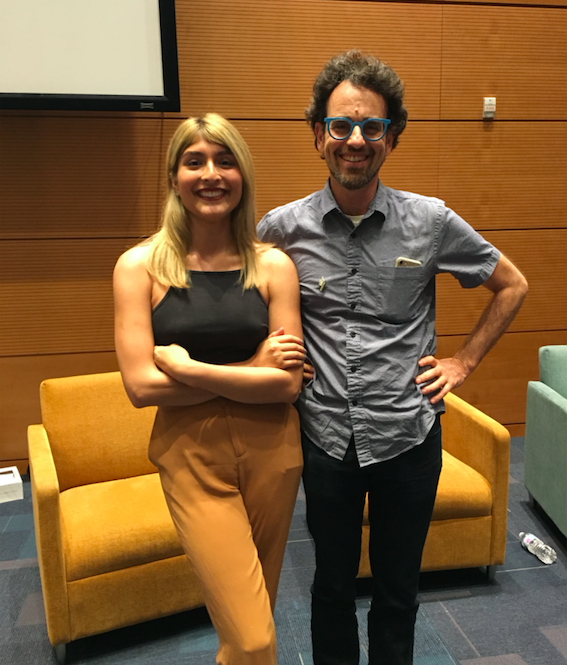
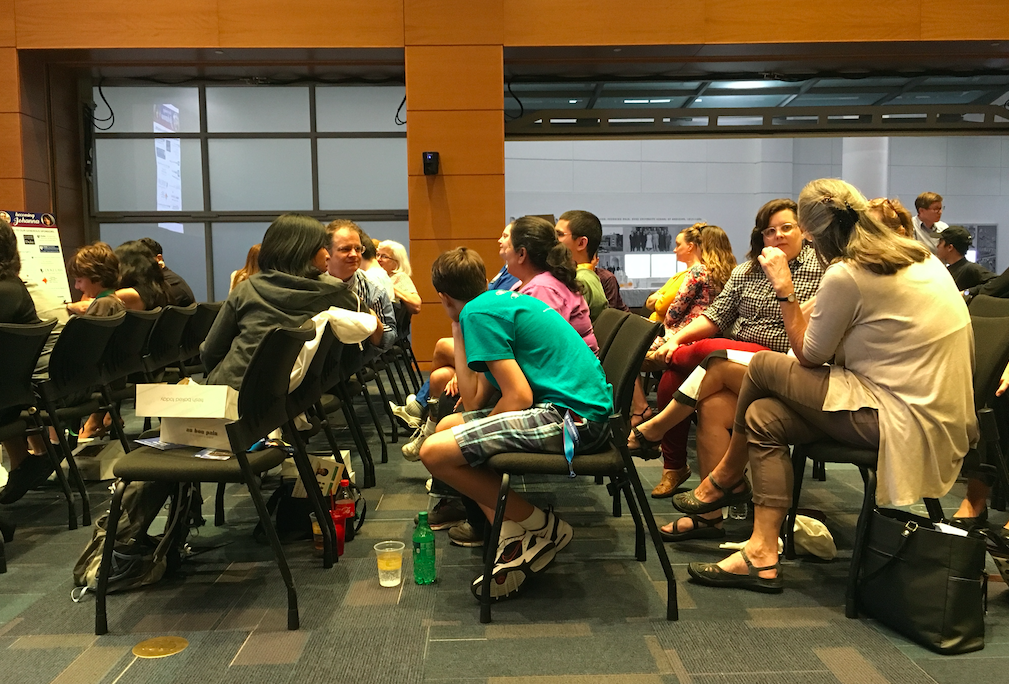
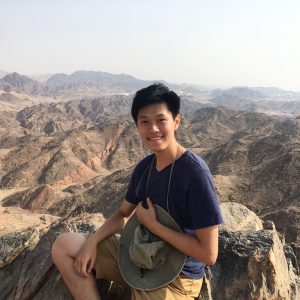
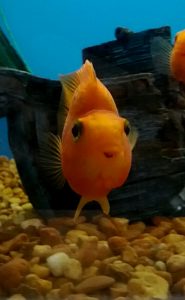



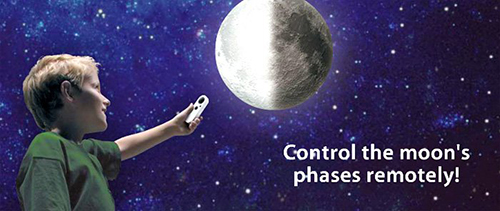
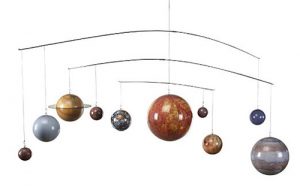 I hope to combine my interest in the natural and animal sciences with my love for writing and chronicle some of the amazing research going on in these fields both on campus and around Durham! I also hope to incorporate my interests in music and theater into my inquiries and document scientific research surrounding music and the arts in the Duke community.
I hope to combine my interest in the natural and animal sciences with my love for writing and chronicle some of the amazing research going on in these fields both on campus and around Durham! I also hope to incorporate my interests in music and theater into my inquiries and document scientific research surrounding music and the arts in the Duke community. Post by Rebecca Williamson
Post by Rebecca Williamson


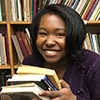 Post by Victoria Priester
Post by Victoria Priester